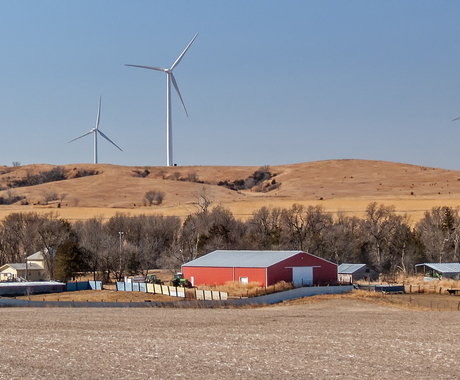By Jordan Rasmussen, former staff member
Rural America, and the nation as a whole, has entered a phase of significant demographic change.
As of the last decennial census, there were more than 40.4 million Americans over the age of 65, composing 13.1 percent of the total population.
With the wave of the baby boom generation entering this demographic, the number of older Americans is estimated to more than double by 2050. This significant demographic transition is exacerbated in rural communities and locations, where the population is already older than the nation as a whole. Rural areas have a median age of 51, compared to the national median age of 37.
Nebraska counties and the state are also experiencing this shift in the age demographic. As presented in a report to the Legislative Planning Committee, the state’s population of those age 65 years and older is expected to reach nearly 419,000 by 2030. This estimate presents nearly 70 percent growth in this age demographic over two decades.
Even ahead of the full effects of this significant demographic shift, rural Nebraska counties have a higher percentage of residents over the age of 65. As of 2014, 18 percent of residents in rural counties were 65 years of age or older, compared to 11.5 percent in Nebraska’s urban counties. A full 47 percent of Nebraskans of retirement age live in rural counties.
While the aging of rural communities is in part a result of an increased trend toward urbanization, rural citizens play a significant role in the fabric and future of the state and ultimately the nation. It is in these rural areas where much of the nation’s food, fiber, and natural resources are brought from the earth to the market supplying the vast network of goods and services that fuel the country.
Allowing this significant population asset to age without consideration of the implications could be detrimental. The ramifications of this demographic shift upon the social, civic, and economic structures of rural communities and the need for policies which recognize and accommodate this growing population are worth examining.
Over the upcoming months, the Center for Rural Affairs will be formalizing a task force on aging in rural areas. The objective of the task force is to explore the opportunities, challenges, and needs that are unique to rural elderly residents and the communities they call home. Residents from any state are welcome to join in.
If you are interested in participating in the task force or have recommendations for areas of focus or policies to consider, please contact us at 402.687.2100 or [email protected].
Feature photo: As of the last deccennial census, there were more than 40.4 million Americans older than 65. The number of older Americans is estimated to more than double by 2050. This demographic shift will affect civic, economic, and social structures of rural communities, such as Hastings, Nebraska (above), where residents enjoyed a concert this summer. | Photo by Rhea Landholm





